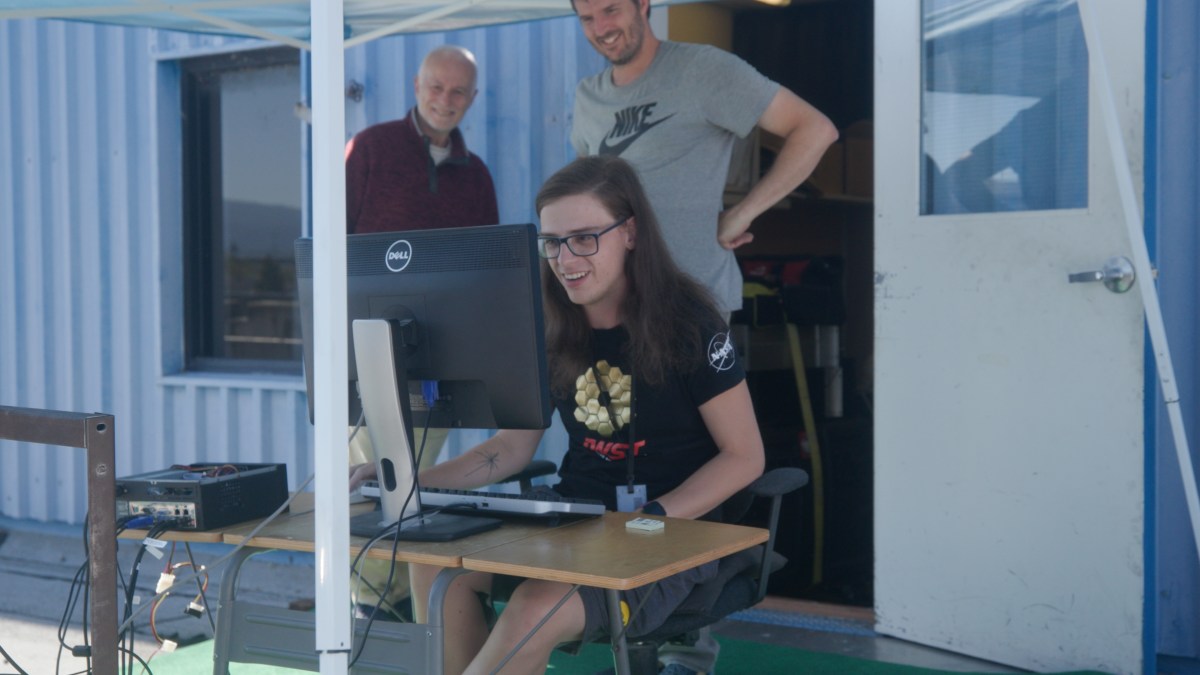Stephen Broccardo, research scientist at NASA’s Ames Research Center in California’s Silicon Valley, is the principal investigator for the Sea-going Sky-Scanning Sun-tracking Atmospheric Research Radiometer (SeaSTAR). The ship-based instrument is one of many in a campaign set out to gather data around the world to check the information that NASA’s PACE (Plankton, Aerosol, Cloud, ocean Ecosystem) satellite is collecting in orbit. Broccardo will use SeaSTAR for the first time in an upcoming PACE validation campaign.
How are you going to be gathering your data?
I have spent about five years now building a new instrument, which I’ve called SeaSTAR. As far as I know, it’s going to be the only one of its type. It’s a custom-built Sun and sky photometer and polarimeter instrument that measures and quantifies the quantity and optical properties of atmospheric aerosols.
How does SeaSTAR compare to the instruments on PACE?
The PACE satellite is trying to quantify aerosols from space looking down. I’m trying to do it from the surface looking up. I do that in two ways. One way is just directly tracking the Sun, and the instrument measures the sunlight coming down through the atmosphere and how much was absorbed on its way through the atmosphere at various wavelengths. From that you could tell quite a lot about the aerosols in the atmosphere. The second way is a polarized mode where SeaSTAR is not tracking the Sun. Instead, it’s looking at the sky at a series of angles off the Sun and measuring the light coming in at various wavelengths and polarizations. From there, we should be able to infer not just the amount of aerosols in a column of atmosphere, but also some of their properties.
What are you most looking forward to during the validation campaign?
This will be the first deployment of SeaSTAR, which is pretty exciting. It’s been many years in the making. I’m looking forward to seeing the first data and being able to contribute that to the PACE project.
What is one catch-all statement you would use to describe the importance of your work?
When a satellite observes the ocean from space, most of the signals it receives are not from the ocean because the ocean is dark. Instead, it’s mostly from the atmosphere. So, in order to quantify what’s in the ocean, you need to somehow subtract out the atmosphere’s signal. My job is making sure that any assumptions made in algorithms are correct. By assuring the correct equation, we get a more accurate estimate of the amount of aerosols in a column of atmosphere and some of their properties.
Editor’s Note: This SeaSTAR instrument is different than the 1997 SeaSTAR spacecraft that carried the SeaWIFS instrument.
Header image caption: Stephen Broccardo looks over the shoulder of Steven Tammes, a grad student from the University of Iowa, while another onlooker peers at the computer screen too. Credit: Aaron McKinnon/NASA
By Erica McNamee, science writer at NASA’s Goddard Space Flight Center

